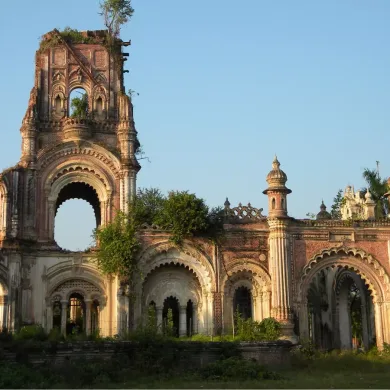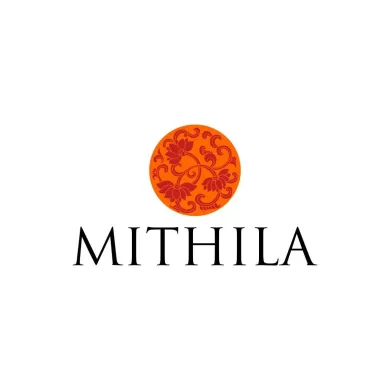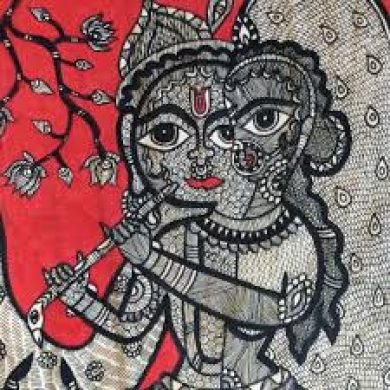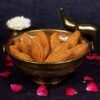Exploring the Rich Culture and Traditions of the Mithila Region in Bihar
Historical Significance and Heritage of Mithila
The Mithila region, positioned in the northern expanse of Bihar, holds a place of immense historical significance and rich cultural heritage. Its history traces back to the Vedic period, situating Mithila among the earliest and most influential civilizations of ancient India. Renowned for being the legendary kingdom of Videha, the region’s roots are intertwined with narratives of profound historical import, most notably, the rulers and sages who once called this area home.
Among the most illustrious figures in Mithilan history is King Janaka, a philosopher-king renowned for his wisdom and revered in various Vedic literature. His daughter, Sita, known for her unwavering virtue, plays a central role in the Ramayana, one of the greatest epics in Hindu tradition. The tales of King Janaka and Sita not only enrich the cultural tapestry of Mithila but have also been influential in shaping the spiritual and ethical fabric of Indian society.
The Mithila region has also made significant contributions to language, literature, and education. The Maithili language, a sweet dialect that is part of the broader Indo-Aryan language family, developed and flourished here. It sustains a rich literary tradition, from classical works to contemporary contributions, enhancing the cultural discourse of the community. Eminent poets such as Vidyapati have been central in preserving and promoting Maithili literature, leaving an indelible mark on the literary landscape of India.
Furthermore, Mithila was a hub for education in ancient times. It boasted several universities and learning centers which attracted scholars from distant lands. These institutions were pivotal in the dissemination of knowledge in various fields, including philosophy, theology, and the sciences. The intellectual ferment that once characterized Mithila’s learning centers echoes in its continued reverence for education and scholarship.
Thus, the historical significance and heritage of Mithila continue to save its rich cultural landscape, making it a region of both historical depth and vibrant cultural dynamics.
Cultural Practices, Art, and Festivals in Mithila
Mithila’s cultural heritage is marked by its rich art forms, traditional music, dance, and vibrant festivals that deeply reflect the region’s history and customs. One of the most acclaimed artistic traditions in Mithila is the Madhubani painting. This intricate folk art, often characterized by its vivid colors and elaborate designs, has gained global recognition. Madhubani paintings typically depict mythological themes, folklore, and nature through symbolic patterns, making it not just an art form but a storytelling medium deeply embedded in Mithila’s cultural ethos.
In addition to its renowned paintings, Mithila is also known for its unique traditional attire. The women of Mithila often wear sarees made from locally sourced materials and adorned with distinctive patterns, while men traditionally don dhoti-kurta. These garments are not just clothing but symbols of cultural identity, often reflecting regional craftsmanship and heritage.
The culinary scene in Mithila is equally rich, featuring a variety of unique dishes that are a testament to the region’s agricultural bounty and culinary skills. Popular dishes include litti-chokha, fish curry, and a wide array of sweets and snacks that are integral to Mithila’s food culture. These traditional cuisines play a significant role in daily life, festive occasions, and rituals.
Festivals in Mithila are celebrated with great fervor and are a major part of its cultural fabric. Chhath Puja stands out as one of the most significant festivals, dedicated to worshipping the Sun God and Chhathi Maiya, involving rigorous fasting and rituals performed on the banks of rivers. Sama Chakeva is another unique celebration, particularly among women, who create clay models to signify the bond between brothers and sisters. Durga Puja, a widely celebrated festival, also holds special importance in Mithila, marked by elaborate rituals and community gatherings.
Through its art, attire, cuisine, and festivals, Mithila showcases a rich and enduring cultural tapestry that remains vibrant and relevant in contemporary times. The region’s traditions continue to be cherished and passed down through generations, adding to its cultural legacy and identity.











Add comment
You must be logged in to post a comment.